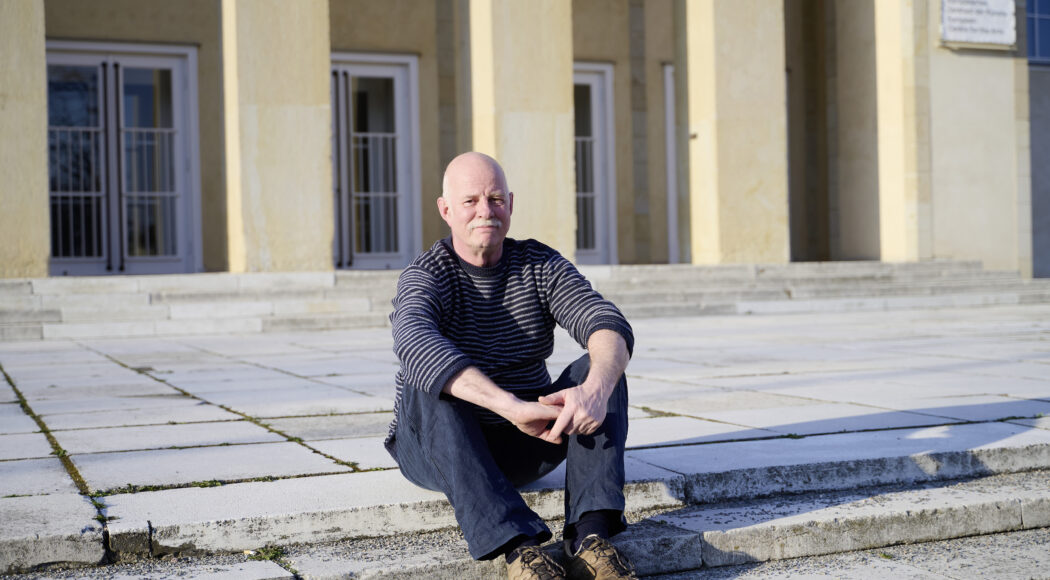Faces of HELLERAU – Andreas Lorenz, Head of Production Office
In the “Faces” series, we introduce people who work in front of or behind the scenes at HELLERAU to ensure that everything runs smoothly and that our guests feel at home.
How long have you been working at HELLERAU and what are your tasks?
I’ve been at HELLERAU since the beginning of 2002, when the Dresden Center for Contemporary Music moved from Schevenstraße in Dresden-Loschwitz to the Festspielhaus Hellerau and was integrated into the European Center for the Arts Hellerau. Today I work as a production manager and facilitate the staging of productions in HELLERAU. I take care of the artists’ travel, transportation, accommodation, technology, event equipment and ensure that the production, whether a guest performance or a new production, always arrives at HELLERAU with its requirements adequately translated and that everything runs smoothly.
How did you come to the Dresden Center for Contemporary Music?
I grew up with contemporary music and learned piano and oboe at music school. After experiencing contemporary music for the first time in a working context with Jürgen Wirrmann in the Großenhain community orchestra until 1986, I started working at the Dresden Center for Contemporary Music. This is also how I experienced the first edition of the Dresden Days of Contemporary Music in 1987. Initially, I was responsible for the production of the sheet music at the special department for contemporary music of the music publisher Edition Peters, which was located in Schevenstraße at the time. After graduating as a sound engineer in 1991, I worked as a sound engineer at the Dresden Center for Contemporary Music and was later responsible for production planning and management. I still remember a sentence by Udo Zimmermann from back then: “There is no old and new music, there is only good and bad music”.
Even before the Dresden Center for Contemporary Music moved into the Festspielhaus, we were already producing at the Festspielhaus Hellerau. At that time, the site was a complete building site, except for the “Kaserne West”, where the offices had already been renovated. The Festspielhaus existed as a ruin with a makeshift roof. The Great Hall and two other dance halls were used in a ruinous state. In 2003, the reconstruction of the Festspielhaus began and the building was architecturally restored to its original state. In 2006, the Festspielhaus was reopened and performances began.
What do you particularly like about the work and what do you wish HELLERAU for the future?
For me, HELLERAU is the only place in Dresden where interesting art takes place. There is no alternative, nothing is comparable. Here at HELLERAU, we have the opportunity to make interesting productions possible all the time. My wish for the future is quite simple: a parking lot behind the building, a sandy area with trees in front and preferably another rehearsal stage the size of the Main Stage.
The interview was conducted by Henriette Roth and Helene Lindicke.


